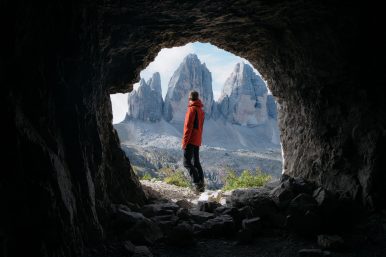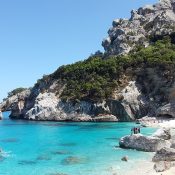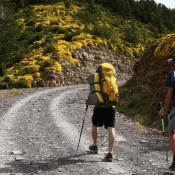A list of shoes, clothing, and gear for summer and off-season hiking.
Any, even a one-day hike, you need to fully plan and prepare everything you need. On a hike, you should take functional and durable items that are sure to come in handy.
Preparing for a hike
If wrong to pack a backpack, or go on an unsafe route, then the hike can be a problem. To avoid this, you need to think through every detail in advance – to discuss with the participants of the journey features of the path, distribute who will carry what things, think about the menu for each day, purchase the necessary products, etc.
Calculate the time so that there is a small margin. First, there may be a transportation delay if you are traveling by car or flying by plane. Secondly, the weather can make adjustments. For example, it may rain so hard that you will spend an extra day in a tent, and on the lake, there may be a big wave, and you won’t be able to kayak for a while. So it is better to have at least one extra day, especially if your itinerary will be built in such a way that there is no way to cut the distance to the endpoint. It is better to buy tickets for public transportation in advance, because in the season and for popular destinations they may simply be no longer available. If the starting point is far away from civilization and you need special transportation to the place, find the contacts of drivers and arrange it while you are still at home, because your group might not be the only one who wants to go, and you will have to waste time. How to pay, too, agree in advance – not everywhere “in the woods” get a network to transfer money to the application, so you’ll probably need to prepare cash. Find out whether the entire group will fit in the proposed vehicle, given your large luggage, as well as how long it will take to better plan the time of the start on the route.
Also, you should study beforehand the peculiarities of the area you are going to hike.
Necessary things
In addition to the backpack, sleeping bag, and tent in the campaign are needed safety equipment, first aid kit, food, cooking and hygiene supplies, documents, maps of the route, and other things that may come in handy.
Equipment, tent, and bedroom should be of high quality, practical, and practical.
- The shoes you have identified for the main movement. Tried-and-true, worn, closed-toe boots, ideally mountain shoes. In a pinch, closed-toe sneakers for trekking.
- Flashlights, leg leggings to prevent snow and mud from getting into the shoes (desirable)
- Trekking socks.
- Lightweight microfiber or windproof trekking pants, membrane pants, rarely shorts.
- A lightweight thermal underwear sweater for movement.
- Cap or hat.
- Raincoat with hood. In extreme cases, a poncho with a hood.
- Windbreaker or storm jacket with hood, ideally a membrane one with a skirt and cuffs on the sleeves. A raincoat or poncho with a hood is unnecessary if it is waterproof from 10,000 mm.
- A hat, fleece, or Polartec, and one pair of gloves in a cellophane bag can be put in the pockets of a windbreaker or storm jacket, or the flap of a backpack.
- On the forehead flashlight, sunglasses in a hard case with a UV protection factor of at least 3, sunscreen with a protection factor of at least 50, hygienic lipstick, and toilet paper should also be on hand.




